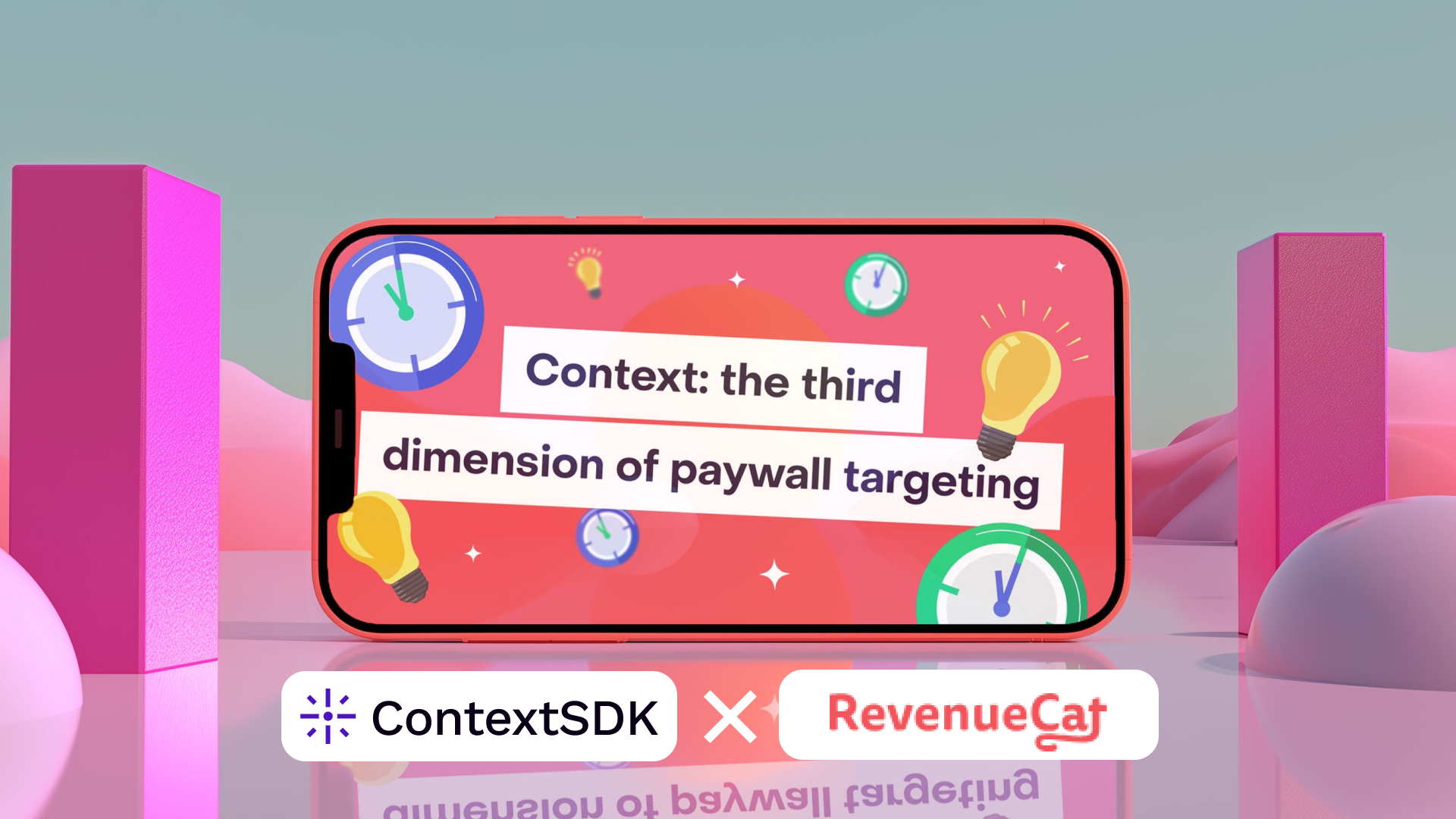
In today's rapidly evolving digital landscape, CMOs and CIOs of large brands are increasingly confronted with the crucial question from their CEOs: "What is our first party data strategy?" With the impending deprecation of third-party cookies and the dominance of tech giants like META, Google, Apple, and Amazon constructing their walled gardens, developing robust first party data strategies is more critical than ever. Yet, 75% of marketers worldwide still depend on information collected by third-party cookies to shape their digital product efforts, campaigns, and advertising efforts. This task is further complicated by growing consumer privacy concerns and stringent regulations such as GDPR.
The Reality of Saturated Markets and Rising CACs
Large brands are also grappling with a macroeconomic reality: we are all operating in saturated markets. The traditional approach of building future growth on the hypothesis of winning an infinite number of new customers is no longer viable. This is not only due to market saturation across various industries and verticals but also because of escalating Customer Acquisition Costs (CACs). In 2023, for example, mobile app CACs increased by 10% year-over-year, as the market became more saturated and users experienced app store fatigue.
The path to sustainable growth lies in engaging, retaining, upselling, and monetizing existing customer bases. Often, the logical solution in this environment is to create a "walled garden" of one's own. A native app serves as a perfect metaphor for this – a reinvented loyalty club 2.0 tailored to the mobile and social behaviors of today's unpredictable consumers. A great example of this trend is the Starbucks Rewards program which now has 75 million 90-day active members globally, driving 57% of the company's overall sales.
Leveraging AI: A Top Priority for Executives
Another critical priority for executives of large brands and mobile apps is leveraging artificial intelligence (AI) for business growth. Most CMOs and CIOs have AI initiatives tied to their Objectives and Key Results (OKRs) and bonuses. However, many struggle with how to execute AI strategies meaningfully and encouraging employees to experiment with ChatGPT and similar tools will not be enough. The substantial integration of AI into our value chains is ideally much deeper and here is a great example of that: Half of mobile users in the U.S. engage in voice search daily, underscoring the increasing integration of AI-powered voice assistants.
Introducing ContextSDK: A Disruptive Approach to Intent Detection
This is where ContextSDK, a leading on-device AI startup, enters the picture, offering a disruptive new approach to redefining intent detection based on how humans move in three-dimensional space while using their smartphones and apps. This avant-garde approach leverages Edge ML – machine learning models executed on-device – ensuring GDPR compliance out of the box. At the same time, it plays a potential important role in crafting a solid first-party data strategy.
Our physical states, movements, and activities – whether standing, sitting, lying in bed, or being active and on-the-go – significantly impact session durations and attention spans when using smartphones and engaging with apps.
Physical states are decisive when it comes to our expectations towards user experiences in mobile apps. Take this example: When you are walking and open Airbnb, you’ll probably look for the keycode of the apartment that you have booked. When you are lying in bed and open Airbnb, you’ll probably be planning your next vacation.
These factors are crucial for timing prompts correctly to users, regardless of the app vertical or prompt type. We envision a future where product owners and marketers engage in an intuitive, semi-automated continuous prompt improvement cycle, powered by AI using ContextSDK. Tools like ContextDecision and ContextPush help improve in-app experiences and ensure prompts are delivered at optimal moments.
The Future of Digital Marketing
Mobile Apps have no clue about the Intent of a User at the beginning of a new User Session. Intent detection remains one of the toughest challenges in the fast-paced digital marketing environment, but real world context and AI offer a promising solution. Executives, product owners, and marketers of large brands and apps who recognize the outlined scenarios and macroeconomic environment should explore this disruptive approach and assess its potential impact on their organizations.
In conclusion, navigating the future of first party data strategies requires innovative solutions like ContextSDK to engage existing customers effectively, leverage AI for business growth, and remain compliant with privacy regulations. By doing so, leading apps and large brands can build a sustainable future in an increasingly saturated market.







